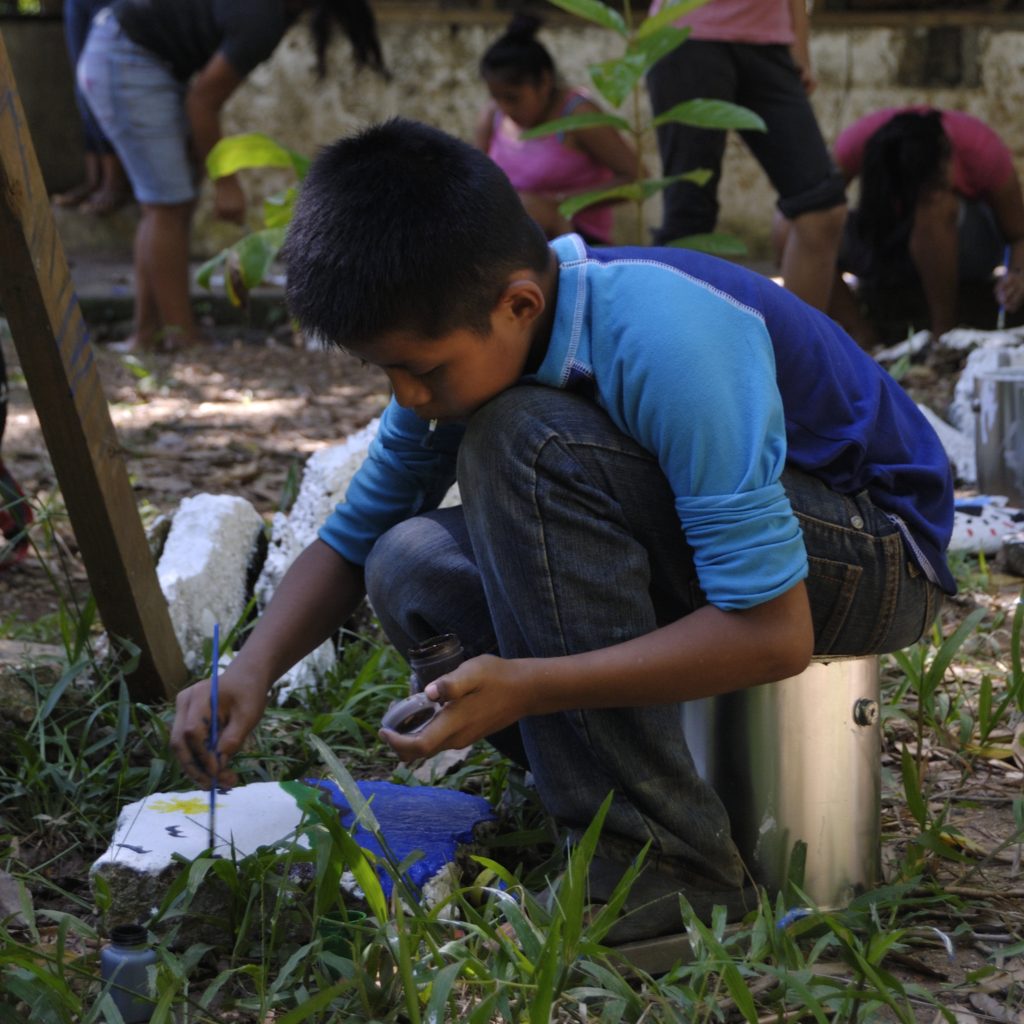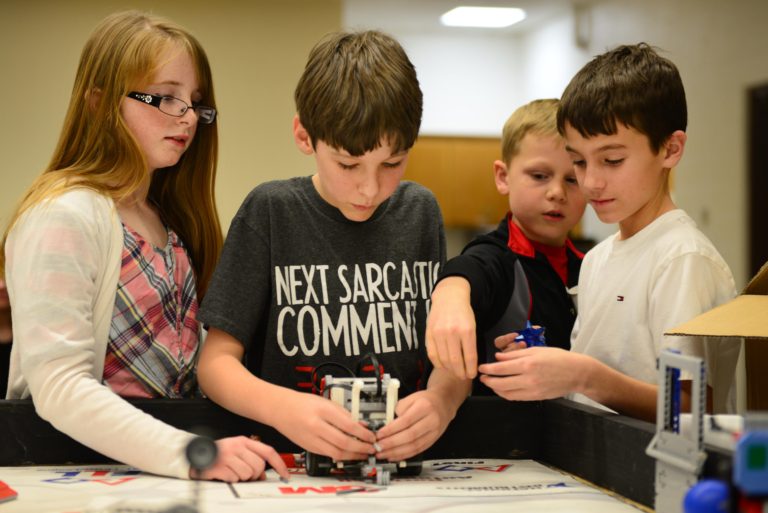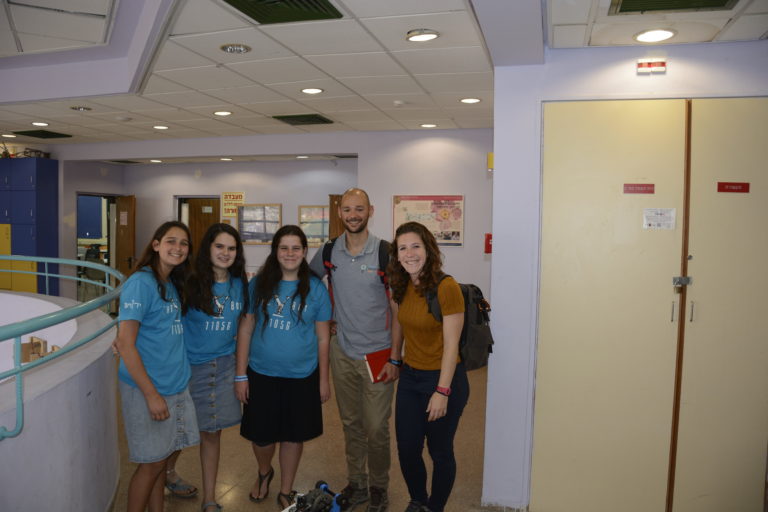
Pedagogies based on the development of thought present two main currents: Waldorf pedagogy and the scientific pedagogy of the Montessori school. Both models respect and emphasize the individual mental, spiritual, physical and psychological development, highlighting the importance of learning environments and the materials used in teaching. Both recognize the existence of different stages in the development of thought and identify a series of learning and experiences more appropriate and beneficial during each stage. These systems are centered on the student, the learning environments are highly structured with a teacher who has an active role.
Waldorf education emphasises the importance of imagination in the learning process and aims to achieve intellectual, practical, physical, emotional, social and spiritual development, promoting creativity and analytical thinking. Rudolf Steiner, its main founder, divided student development into three stages with the goal to support the development of free students, morally responsible and integrated into society.
- Early development, in which the activities that are developed are mainly practical and creative
- Primary school, focused on the development of artistic expression and social skills
- Secondary education, focused on the development of critical thinking and empathy.
This school is based on teachers‘ autonomy and creativity. Stimulating students is an essential element to ensure learning, so teachers design attractive activities. Teachers must also consider the different learning channels (visual, auditory and kinesthetic) and the theory of multiple intelligences. Students must learn by following their own thinking and judgment and in turn learn to work as a team and collaborate.
The curriculum is structured to foster intellectual understanding, the ability to make value judgements and the development of ethical ideals such as social responsibility. The contents are varied and depend on students’ interests and motivations.
The methodologies used to study science are research-based learning, a strategy that reinforces the interest and ability to observe, putting into practice the scientific method. Everything begins with experimentation, in which a determined experience is observed and instruments are constructed that allow to collect data with precision and objectivity. Subsequently, the phenomena observed are described, in order to finally postulate the hypotheses or conclusions that will allow introducing the theory behind them. In this way scientific thought is stimulated and reality is related to abstract concepts. Another of the most relevant activities is the work in workshop, where the student has the possibility to transform the subject. The individual can observe the effect of their work and effort, reinforcing their motivation and self-control. Other practices such as group exercises, recitals and songs are also used to make the students concentrate and be physically and emotionally prepared to learn.
Methods varied, although they tend to favor the development of imagination, analytical thinking and being process-oriented.
Classes usually last 2 hours for several weeks. These blocks are integrated in each level and will be worked through a multitude of activities in the classroom. In general, the classes begin with a review of what was studied the previous day; subsequently, individual works, artistic activities (such as reciting, singing, moving freely), discussions, theaters, workshops and presentations are developed. Textbooks can be used as teaching resources, although normally subjects are taught following teacher’s narrative, which involves the student, and many electronic resources are not often used at an early age.
The evaluation of the student is formative, qualitative and integrated in the dynamics of the class. Individual academic progress and personal development are valued to identify the needs of the students. The most used evaluation procedures are observation, student productions and oral exchanges, through portfolios and discussions. The student participates in the evaluation process through self-evaluation and co-evaluation, providing feedback, comments and negotiating the objectives to be evaluated with the teacher. These techniques improve self-esteem and self-confidence. No ratings are used.
References:
- Barnes, H. (1980). An Introduction to Waldorf Education. Teachers College Record, 81 (3), 323–336.
- Curtis, P. (30 de junio, 2005). Explainer: Steiner schools. The Guardian.
- El Til-Ler, Escola Waldorf-Steiner (2011). Educatioin Phases. http://www.escolawaldorf.org/nweb/es/node/276
- Miller, R. (2004). A Map of the Alternative Education Landscape. Alternative Education Resource Organization (AERO).
- Woods, P., Ashley, M. y Woods, G. (2005). Steiner schools in England. University of West of England.



